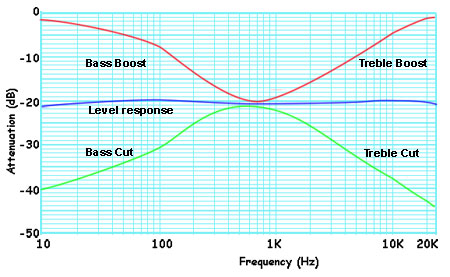BrianZ
Active Member
I recently got a Marantz AVR (my first proper AVR). I love the Marantz sound, and also really love being able to use bass management to seamlessly integrate my sub into the system (it's just 2.1, but whatever). The one thing I miss from my old stereo receiver is the ability to easily tweak the external T & B controls. But it occurred to me that I might be able to mimic this function on the bass end with the sub level control.
Has anyone tried this? Which cross0ver setting would work best do you think? IOW what is the approx frequency range of the typical Bass control.
I'm also open to "No, it won't work very well and here's why: . . . "
Thanks.
Has anyone tried this? Which cross0ver setting would work best do you think? IOW what is the approx frequency range of the typical Bass control.
I'm also open to "No, it won't work very well and here's why: . . . "
Thanks.


